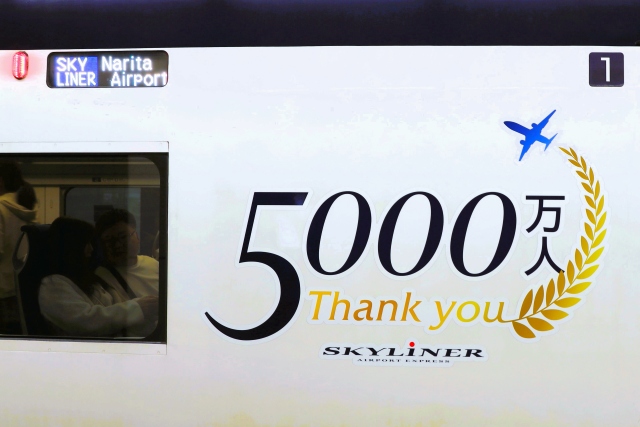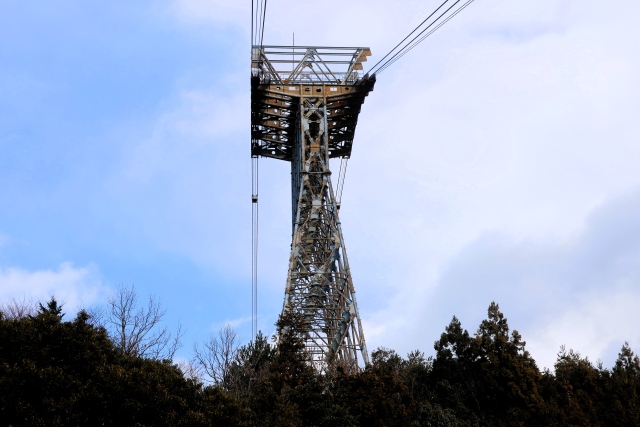You may remember when I introduced the Seibu Yamaguchi Line in 2014 and again in 2023. Today, I’d like to add a small supplement to that topic.
Let’s start with a brief review of the Seibu Yamaguchi Line. It is a rubber-tyred Automated Guideway Transit (AGT) system that runs along the border between Tokyo Metropolis and Tokorozawa City in Saitama Prefecture. The line is only 2.8 kilometers long, connecting Tamako (Lake Tama) and Seibu-Kyujo-mae (Seibu Baseball Stadium) stations. The Yamaguchi Line opened in 1985 as Japan’s fifth AGT route. The entire line is an electrified single track with one signal station for train passing. Its power supply is 750V DC, using a third rail.
Now, let’s look back on the history of the Seibu Yamaguchi Line before it became an AGT route. The original line opened in 1950 as an attraction railway called Otogi Densha (“Fairy Train”) inside an amusement park. It was later formalized as a regular railway, renamed the Yamaguchi Line, under the Railway Business Act in 1952.
At that time, the main locomotive type was the Class B11. A total of five units were built by the Seibu Tokorozawa Factory and Nakajima Electric Cars. These were accumulator (battery-powered) locomotives with a 0-4-0 wheel arrangement (Whyte notation), each equipped with two 11 kW DC motors. The batteries were manufactured by Yuasa.
Today, unit B15 of the Class B11 is preserved in front of the “Emi Terrace” shopping mall in Tokorozawa City. Emi Terrace was constructed on the site of the former Seibu Tokorozawa Factory — the very birthplace of unit B15. It’s truly a homecoming for this little locomotive, isn’t it?



















